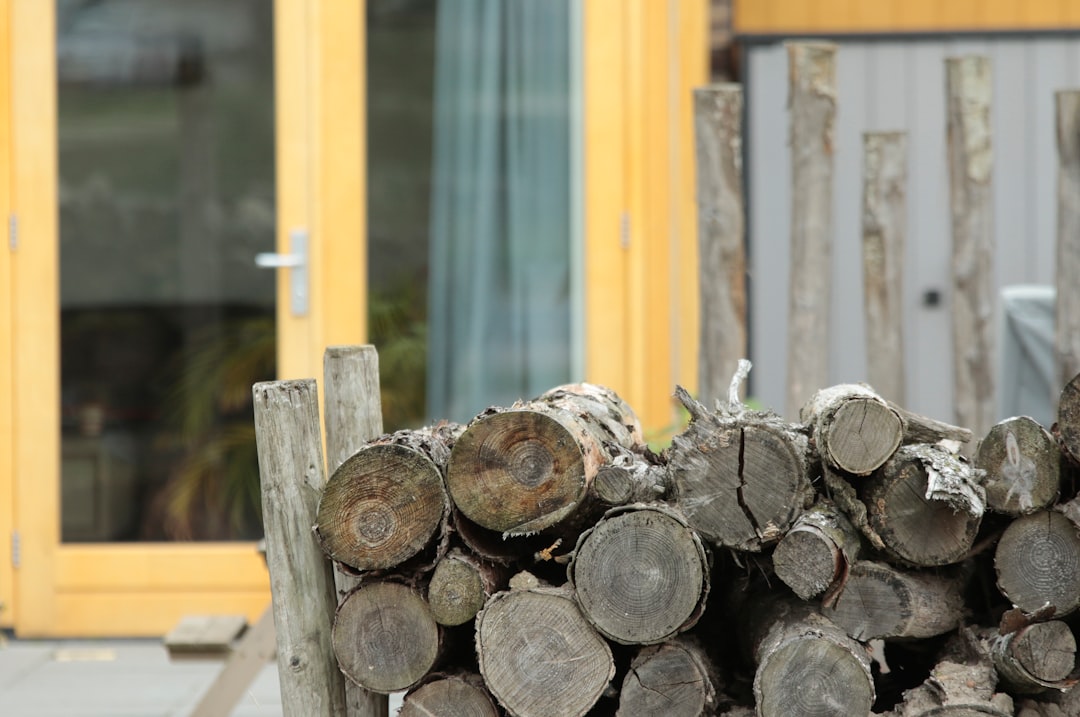Cedar Cladding Cost: A Comprehensive Guide for Construction Professionals
Understanding the cost of cedar cladding is crucial for construction professionals aiming to deliver high-quality results while managing budgets effectively. As of 2025, the cost of cedar cladding ranges from $8.75 to $16.50 per square foot for a turnkey installation. This guide delves into the factors influencing these costs and offers strategies to optimize your projects.
1. Key Factors Influencing Cedar Cladding Costs
- Lumber Grade and Profile: Clear vertical-grain boards can be significantly more expensive than knotty bevel siding.
- Board Dimensions: Larger boards increase material consumption and potential waste.
- Finish Choice: Factory-primed or stained products may cost more initially but reduce onsite labor.
- Fastening System: Options like stainless screws or hidden clips add to material and labor costs.
- Labor Complexity: Projects with multi-story elevations or intricate details require more labor hours.
- Market Volatility: Cedar prices can fluctuate by 20-30% due to market conditions.
2. Current Price Ranges for Residential Projects
- Material Only: $4.75 – $9.00 per square foot.
- Labor Only: $4.00 – $7.50 per square foot, depending on crew efficiency.
- Turnkey Installation: $8.75 – $16.50 per square foot.
3. How to Calculate Cedar Cladding Costs
Utilize tools like CountBricks to streamline your cost estimation process. The platform integrates voice capture, instant takeoff, live material feeds, and AI variance checking to provide accurate estimates.
4. Comparing Cedar to Alternative Sidings
- Fiber-Cement: $7 – $12 per square foot, heavier and less forgiving to cut.
- Engineered Wood: $8 – $14 per square foot, offers a painted-wood look with lower maintenance.
- Vinyl: $4 – $8 per square foot, lowest initial cost but minimal resale value boost.
5. Lifecycle and Maintenance Considerations
- Re-stain every 4-7 years to maintain color.
- Use clear water-repellent oils to extend life, adding approximately $1.25 per square foot each cycle.
6. Budget Optimization Strategies
- Combine cedar with cost-effective secondary cladding on less visible areas.
- Opt for pre-finished boards to reduce painting labor costs.
- Schedule installations during supplier promotions.
7. Frequently Asked Questions
Q: How accurate are CountBricks estimates?
A: Typically within 3% variance due to AI-driven pricing.
Q: Can cedar species be changed mid-project?
A: Yes, re-run estimates with different cedar varieties.
8. Next Steps
For precise cedar cladding estimates, visit CountBricks.com and start a free session today.
Case Study: Modern Farmhouse Cedar Re-Clad
The Hernandez family transformed their 1990s stucco facade with clear western red cedar lap siding. This case study highlights the project's cost breakdown and added value.
Project Snapshot
- Location: Inland Empire, CA
- Scope: Remove stucco, install rainscreen, wrap, and cedar lap siding.
- Wall Area: 2,370 SF plus 430 SF gable accents.
- Timeline: 14 working days with a two-person crew.
Cost Breakdown
- Materials: $21,960 (averaging $7.45/SF)
- Labor: $15,330 (including crane assist)
- Equipment & Disposal: $3,125
- Overhead & Profit: $6,510
- Total Cost: $46,925 or $16.20 per square foot installed
Value Added
- Appraisal increased by $68,000.
- Energy savings of 8% due to improved airflow.
- Lower insurance premiums for fire-rated boards.
Lessons Learned
- Early supplier lock-in avoided mid-project price spikes.
- Factory oil-finish reduced onsite painting time.
- Voice-driven change orders streamlined project management.
Your Turn
For real-time cedar cladding cost data, visit CountBricks.com and start your project estimate today.

